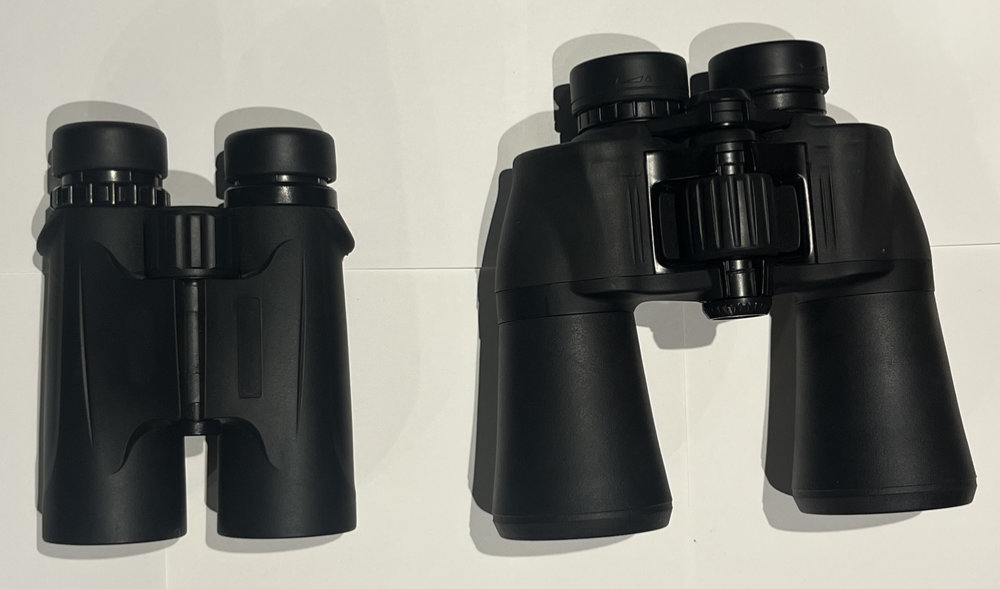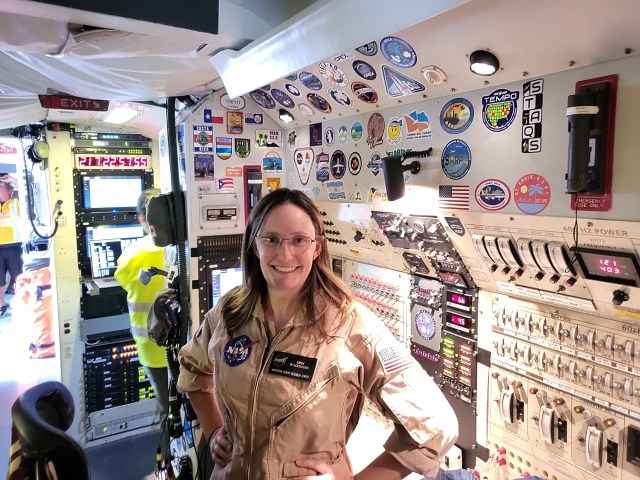John Greenhall
University of Utah
The objective of this proposal is to understand how ultrasound waves can be used to create user-defined patterns of nanoparticles in a photopolymer resin, which will then be cured using a stereolithography 3D printing process. 3D printing is an attractive method to manufacture prototypes because highly complex geometries can be created with a single device and limited additional processing. This is especially appealing for space exploration and extraterrestrial colonization, where it is expensive and technically difficult to deliver parts from Earth, but on-site manufacturing capabilities are limited. The critical obstacle that prevents 3D printed polymer parts from being used as actual mechanical components in engineering applications, is their lack of mechanical strength. To increase this strength, carbon nanotubes (CNTs) will be added to the polymer, aligned in patterns tailored to maximize the strength of the part, based on the anticipated mechanical loading of the part. Alignment will be achieved by creating ultrasound standing waves, which exert an acoustic radiation force on the nanoparticles, driving them to desired locations. In contrast to other CNT
alignment techniques, ultrasound alignment can be scaled to large areas and it does not restrict the final material shape. In addition, the nanoscale reinforcement could also be used to provide other functionality to the materials, including conductivity, electromagnetic shielding, or other thermal and electric properties. These composite materials attempt to take advantage of the unique properties of nanostructures in macroscale engineering applications. By creating a novel method to create high-strength nanocomposite structures with complex geometries, this research will result in significant advances in the fields of polymer matrix composite and in-space assembly, fabrication and repair research. This project will involve: (1) development of the ultrasound alignment technique within polymer; (2) integration of the ultrasound alignment and stereolithography into a single device, capable of creating 3D printed nanocomposite structures; and (3) analysis of the effects of aligned CNT reinforcement on the mechanical performance of the parts.





























